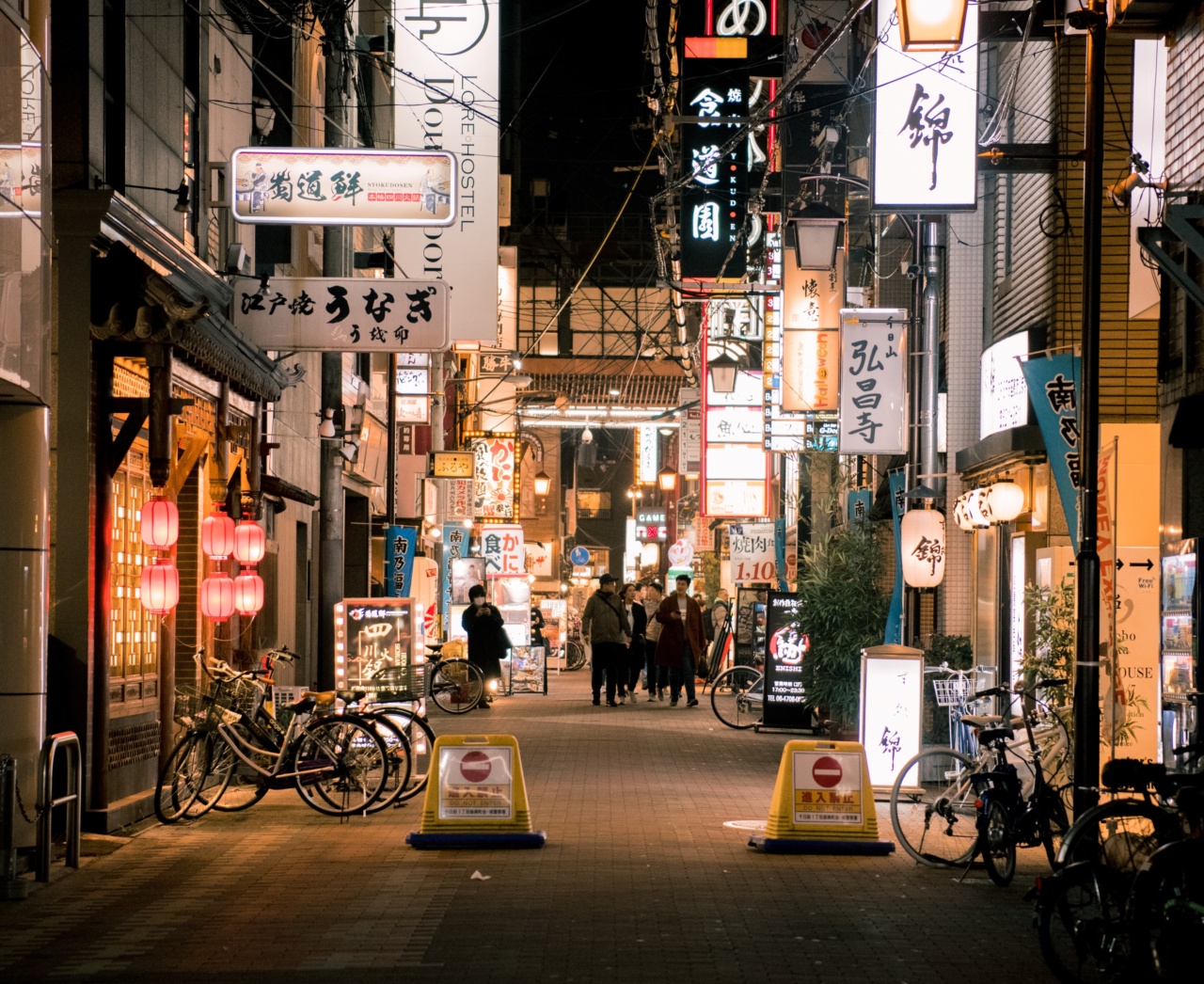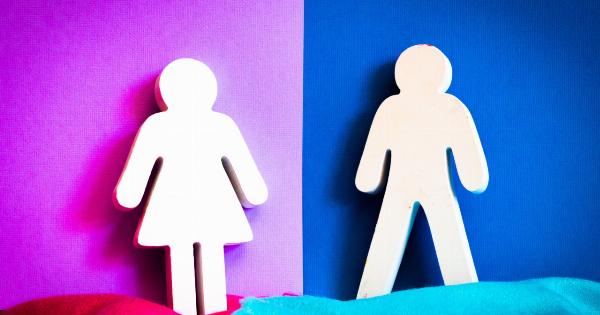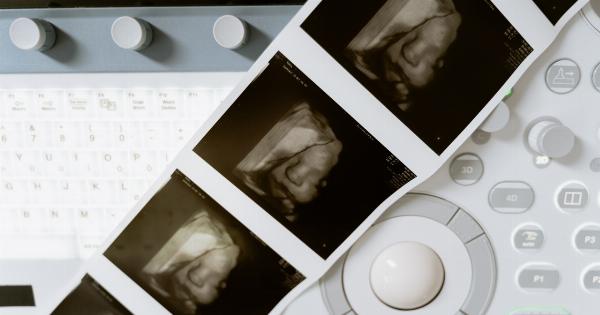Venous insufficiency is a condition that affects the veins in your legs, causing the blood flow to be inefficient. This occurs when the valves in the veins are weakened or damaged, leading to blood pooling and a variety of symptoms.
Recognizing the signs of venous insufficiency is crucial for early detection and adequate treatment.
1. Swelling and Edema
One of the most common signs of venous insufficiency is swelling, also known as edema. This occurs because the weakened valves allow blood to pool and fluid to accumulate in the tissues of your legs and ankles.
The swelling is often worse after prolonged sitting or standing and may improve with leg elevation.
2. Varicose Veins
Varicose veins are enlarged, twisted veins that often appear blue or purple. They are a result of increased pressure on the veins due to venous insufficiency. These veins are more common in the lower legs and can be painful and itchy.
They can also be a cosmetic concern for many individuals.
3. Leg Heaviness and Fatigue
If you frequently experience a sensation of heaviness or fatigue in your legs, it could be a sign of venous insufficiency. The impaired blood flow causes a buildup of metabolic waste products in the legs, leading to this discomfort.
The sensation may worsen towards the end of the day or after prolonged periods of inactivity.
4. Skin Changes and Discoloration
Another sign of venous insufficiency is skin changes and discoloration in the affected areas. The skin may become dry, itchy, and discolored, with a reddish or brownish hue.
You may also notice the development of open sores or ulcers, particularly around the ankles. These changes occur due to poor circulation and reduced oxygen supply to the skin.
5. Leg Cramps
Leg cramps are sudden, involuntary muscle contractions that can be quite painful. They are a common symptom of venous insufficiency and typically occur at night.
The cramps may be more frequent and intense if you have been standing or sitting for long periods during the day. Stretching and massaging the affected area can provide temporary relief.
6. Restless Legs Syndrome
Restless Legs Syndrome (RLS) is a neurological disorder characterized by an irresistible urge to move the legs, often accompanied by uncomfortable sensations. It commonly affects individuals with venous insufficiency due to the disturbed blood flow.
The symptoms tend to worsen at rest, especially in the evenings or at night.
7. Slow Wound Healing
If you notice that wounds or injuries on your legs take longer than usual to heal, it could be a sign of venous insufficiency. Poor circulation inhibits the delivery of oxygen and nutrients to the affected area, delaying the healing process.
Additionally, the accumulation of fluid in the tissues can interfere with proper wound closure.
8. Itching and Tingling Sensations
An itching or tingling sensation, commonly referred to as “pins and needles,” is another sign of venous insufficiency. The impaired blood flow causes a buildup of waste products, which irritate the skin and nerves.
This sensation may be more pronounced when sitting or lying down for extended periods.
9. Thicker, Tighter Skin
Venous insufficiency can lead to a thickening and tightening of the skin in the affected areas. The increased pressure and reduced blood flow cause the skin to lose elasticity, resulting in a hardened texture and reduced flexibility.
This symptom is often accompanied by other skin changes, such as discoloration and dryness.
10. Pain and Discomfort
Pain and discomfort in the legs are common symptoms of venous insufficiency. The severity of pain can vary from mild to severe, and it may be throbbing, aching, or cramping in nature.
The discomfort is often relieved temporarily by walking or elevating the legs.

























